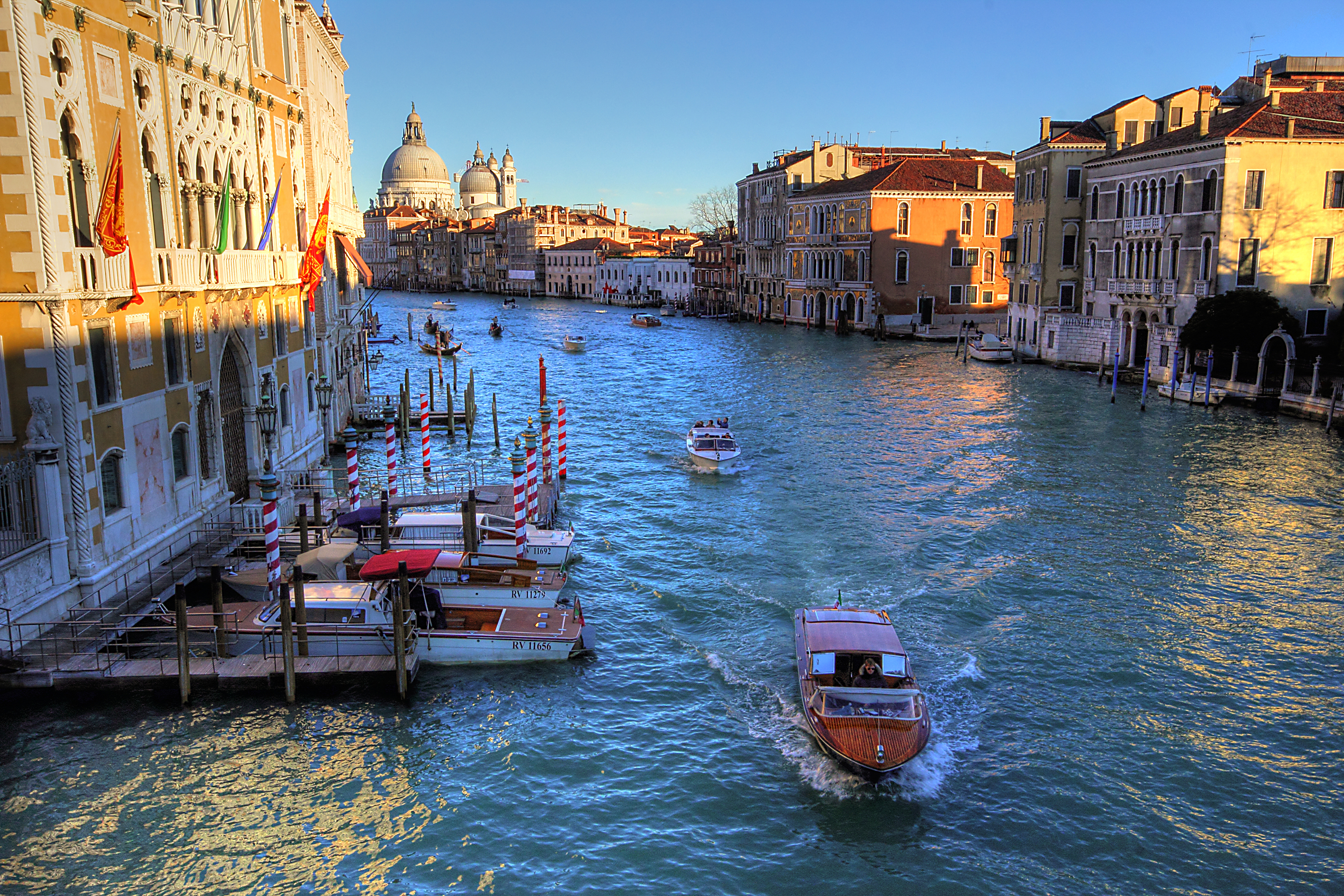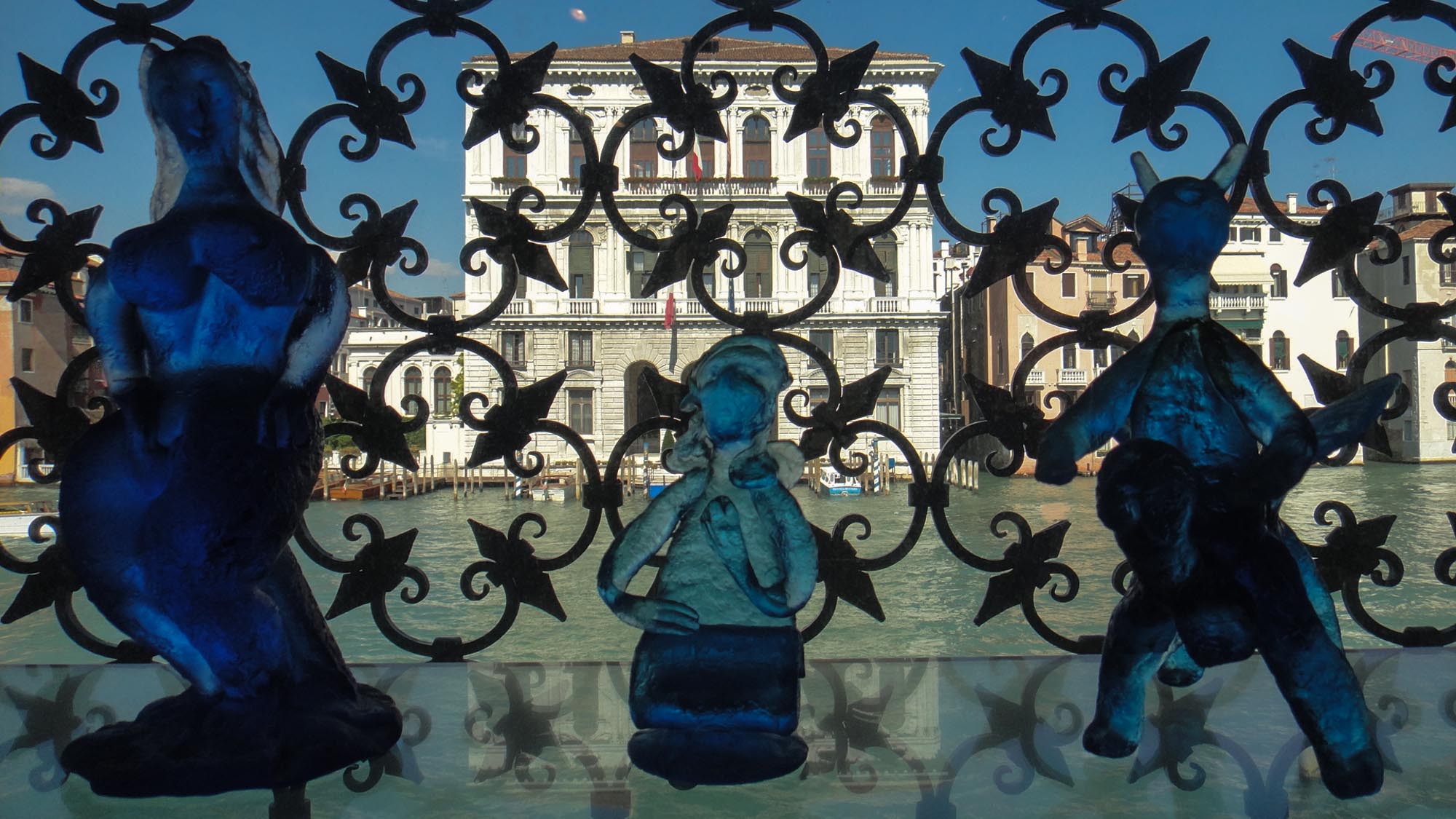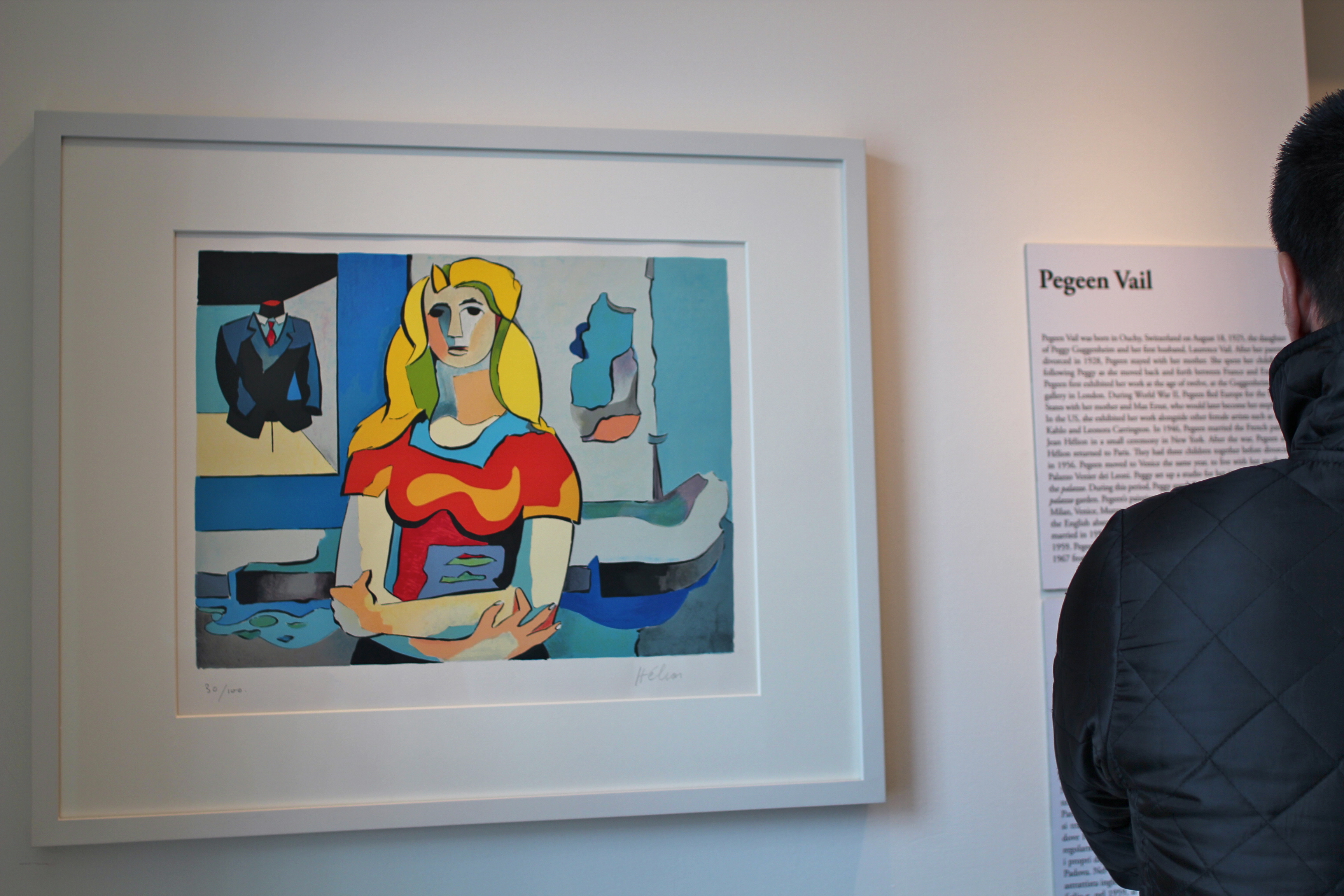Peggy Guggenheim

When I traveled to Venice this semester, I discovered the gem known as Peggy Guggenheim. An American woman with a life full of loves, deaths, and discovery. Born as Marguerite Guggenheim in 1898, a member of the Guggenheim empire at the time, Peggy grew up in a comfortable family that became wealthy in the mining industry. Peggy had two sisters, Benita and Barbara, and a mother who she disliked; her father was her idol. Unfortunately, in 1912 Peggy's father passed away with the sinking of the Titanic. After her father's death Peggy's wandering spirit and thirst for life drove her move to Paris, where she discovered Paris' thriving art scene in the 1920's. Her colorful adventures were filled with love stories of artists; Max Ernst, Laurence Vail and Samuel Beckett. Rumor has it, that an artist sold her a painting during their time in bed.
"I was a liberated woman long before there was a name for it." - Peggy Guggenheim
In her first attempt at love, she married French-American artist Laurence Vail in 1922. They had two children, Sinbad and Pegeen, born in different parts of Europe due to their parents wandering artistic lifestyle. In 1928, Peggy and Laurence divorced, and Peggy continued her journey for love. Peggy hoped to come across new ways of art and explore the realms of creativity around the world when she fell in love with Laurence. He paralled this idea, hoping to give her artistic prowess being a young woman in her early 20's when they married. This is befitting of Peggy, as according to her, love and art were meant for each other; Peggy would do nothing to keep them apart. When asked about the number of husbands she had in an interview she responded, "My own, or other people's?"
In her lifetime, Peggy said that despite her two marriages and hundreds of affairs, she only truly loved one man: John Ferrar Holms. He was a British war hero and a writer, Peggy and John traveled together for two years before settling down in London in 1931. However, Peggy had to make one of the most difficult decisions of her life during their time together. Due to the prejudice and societal role of women in the 1920s and 30s, the courts mandated that Peggy had to decide whether to keep her son, or leave John. In the end, she chose to be with John and let Sinbad be raised in his father's care. This moment of sadness would not be over yet, because in 1933 John died after not waking up from anesthesia while undergoing a routine surgery from years of drinking.
In 1939, Peggy returned to Paris with plans for a museum of her own on a rat race to buy one piece of art per day. During the pre-World War 2 era, artists were desperate to hide their pieces away from the Nazis, and therefore sold them for ridiculous prices. Peggy assembled a collection in a matter of seven years. In her true manner of self discovery Peggy always strived for more. She supposedly discovered Pollock when he was doing construction for a family member, and gave him the platform and impetus to be the world-renowned artist that he is today. Searching for a new gem to inspire her would subsequently allow Peggy to educate the world of its numerous wonders; then came Venice.
Image Credit: Flickr/Franco Celant
"Every hour of the day is a miracle of light. In summer with daybreak the rising sun produces such a tender magic on the water that it nearly breaks one's heart." - Peggy Guggenheim
Peggy purchased the 18th-century Palazzo in 1949 on the Grand Canal in Venice, now the Peggy Guggenheim Museum. Tourists enter from a back entrance but if you know the right people you can arrive via the boat entrance right on the canal. Her compound housed artists at any moment, along with her 14 dogs (all buried in the backyard next to Peggy). The sprawling mansion is filled with works by Picasso, Pollock, Rothko, Dali, Giacometti and Kandinsky in thematical organization of time periods and artist movements. You can wander from room to room and search for the framed photograph of Peggy, calmly perched over a couch or armchair.
Image Credit: Flickr/Charlotte Chen
The house is designed in a bungalow style fashion with rooms to the right and left, with only a couple steps up or down to enter the next artistic angle. In a far right corner, facing the Grand Canal, is a room dedicated to her daughter Pegeen. Her artwork is displayed among quotes of praise from her mother depicting the brilliant artist that she would become. Yet again in Peggy's life, Pegeen would precede her in death.
Image Credit: Flickr/Sarah-Rose
"I look back on my life with great joy. I think it was a very successful life. I always did what I wanted and never cared what anyone thought." - Peggy Guggenheim
I encourage you to take Peggy's advice, even in the form of darting off to Venice for a couple months. The Guggenheim in Venice has an internship program for young people with open enrollment. A stipend and aide in finding housing allows for an easy transition to the city on water.
Don't hesitate, because Venice is sinking at a rate of 1-2 millimeters a year. For suggestions on how to explore the city, here is an article with more information.










